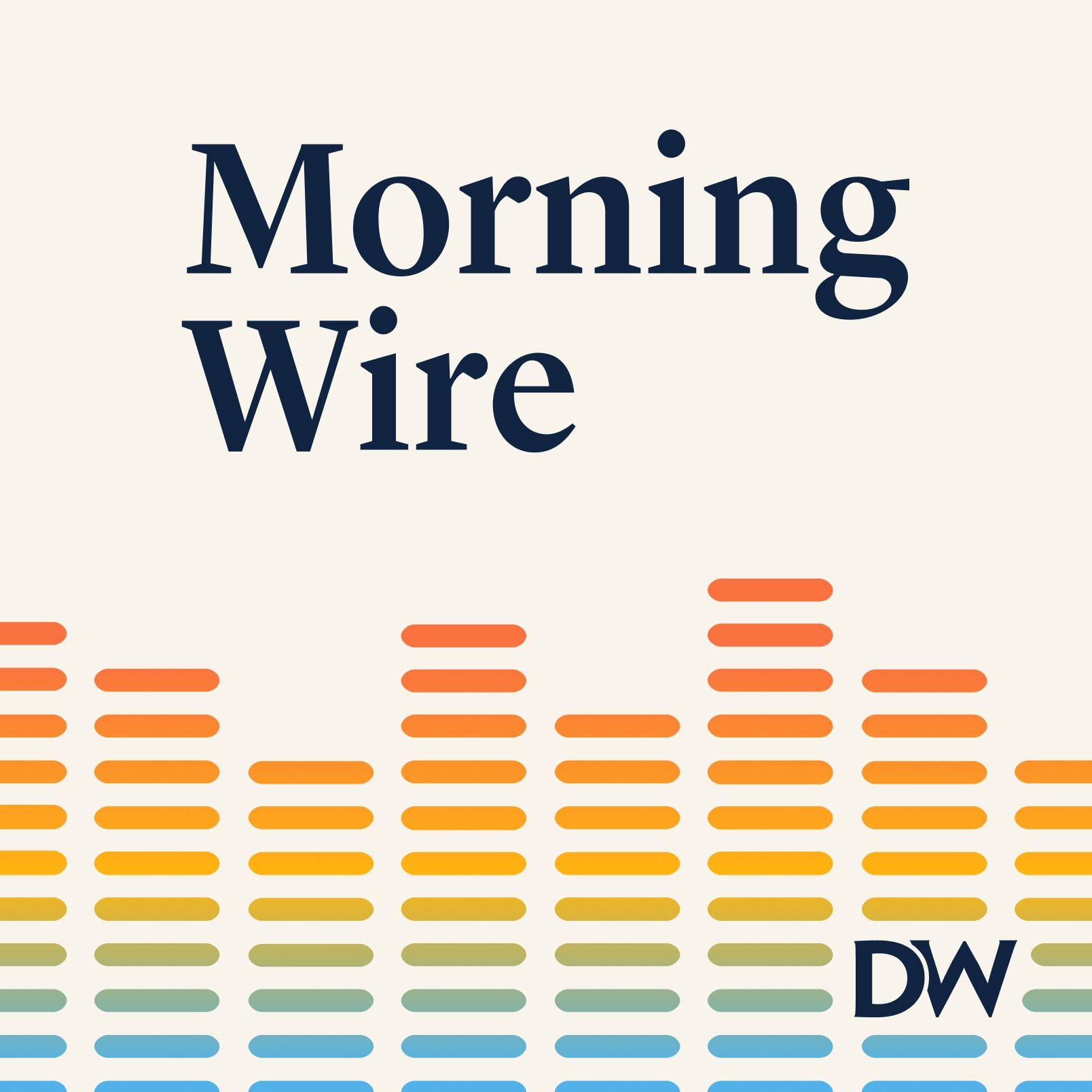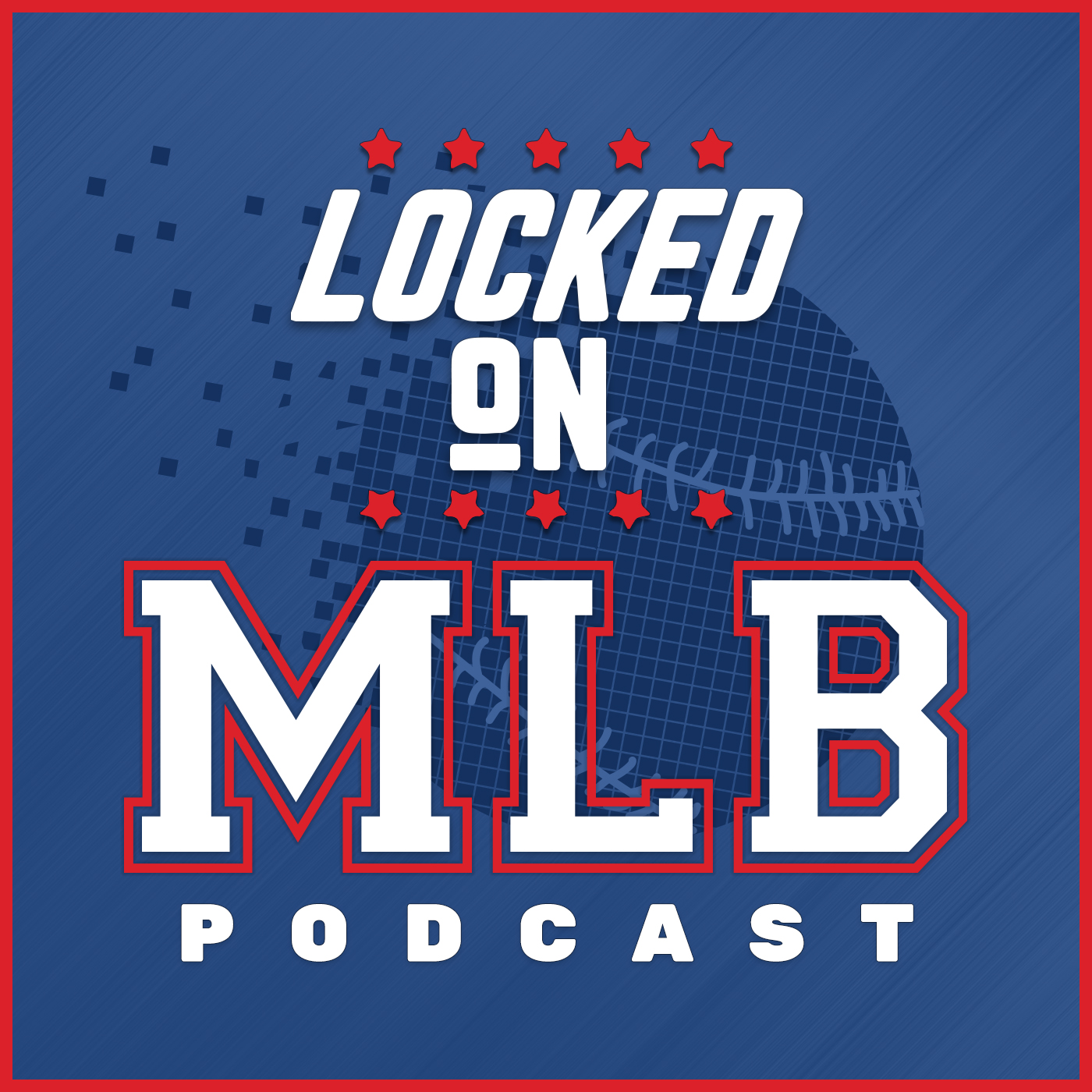- After-Shows
- Alternative
- Animals
- Animation
- Arts
- Astronomy
- Automotive
- Aviation
- Baseball
- Basketball
- Beauty
- Books
- Buddhism
- Business
- Careers
- Chemistry
- Christianity
- Climate
- Comedy
- Commentary
- Courses
- Crafts
- Cricket
- Cryptocurrency
- Culture
- Daily
- Design
- Documentary
- Drama
- Earth
- Education
- Entertainment
- Entrepreneurship
- Family
- Fantasy
- Fashion
- Fiction
- Film
- Fitness
- Food
- Football
- Games
- Garden
- Golf
- Government
- Health
- Hinduism
- History
- Hobbies
- Hockey
- Home
- How-To
- Improv
- Interviews
- Investing
- Islam
- Journals
- Judaism
- Kids
- Language
- Learning
- Leisure
- Life
- Management
- Manga
- Marketing
- Mathematics
- Medicine
- Mental
- Music
- Natural
- Nature
- News
- Non-Profit
- Nutrition
- Parenting
- Performing
- Personal
- Pets
- Philosophy
- Physics
- Places
- Politics
- Relationships
- Religion
- Reviews
- Role-Playing
- Rugby
- Running
- Science
- Self-Improvement
- Sexuality
- Soccer
- Social
- Society
- Spirituality
- Sports
- Stand-Up
- Stories
- Swimming
- TV
- Tabletop
- Technology
- Tennis
- Travel
- True Crime
- Episode-Games
- Visual
- Volleyball
- Weather
- Wilderness
- Wrestling
- Other
Averting a rail strike: What it means for feed, livestock industries
Congress intervened this week in an effort to avert an economy-crippling rail strike. What does the labor conflict mean for agriculture, and the feed industry in general? And what does the situation tell us about vulnerabilities to the U.S. logistics infrastructure system?Late Thursday, the Senate approved a resolution to implement a tentative agreement brokered by the Biden administration with rail labor unions and management. The House approved the measure on Nov. 30, and it now heads to President Biden’s desk for signature.A few hours prior to the Senate’s vote, Feedstuffs spoke with Max Fisher, chief economist at the National Grain and Feed Association, about what the possibility of a strike meant for the feed industry and the broader agriculture industry. He explained the situation, how the parties arrived at a place requiring the federal government to get involved, and the long-term prospectus for labor relations in the rail space.More broadly, Fisher discussed the current state of the commodity logistics chain, from challenges facing our inland waterways, a lingering lack of truck drivers, and now the vulnerabilities facing the rail system.A few hours after our conversation with Fisher, the Senate approved a measure to implement a tentative agreement to avert the strike, which NFGA, the American Feed Industry Association, the Soy Transportation Coalition, and other relevant industry groups hailed as an important step in averting a national crisis. This episode is sponsored by United Animal Health, a leader in animal health and nutrition. You can learn more about United Animal Health and how they are working to advance animal science worldwide by visiting their website UnitedANH.com.





